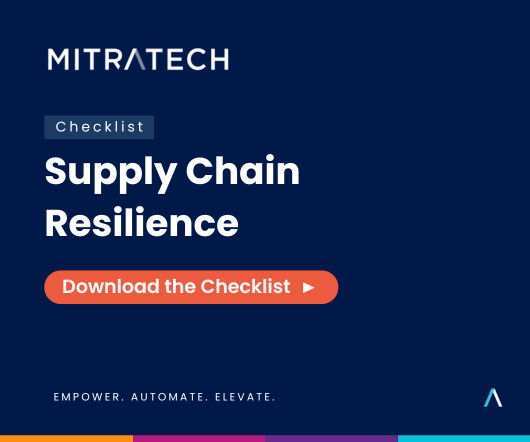Digital Transformation: An Imperative for Industrial Manufacturing in 2017
GlobalTranz
MARCH 24, 2017
Are industrial manufacturers seizing all the opportunities of a more digital world? Possibly not. A recent article suggests that, by 2018, only 30 percent of manufacturers investing in digital transformation will be able to maximize the outcome. The remaining 70 percent are hindered by outdated business models and technology. This is concerning. The speed of business is fast and companies that aren’t successful in adopting, implementing, and optimizing new technologies run the risk of being left






































Let's personalize your content